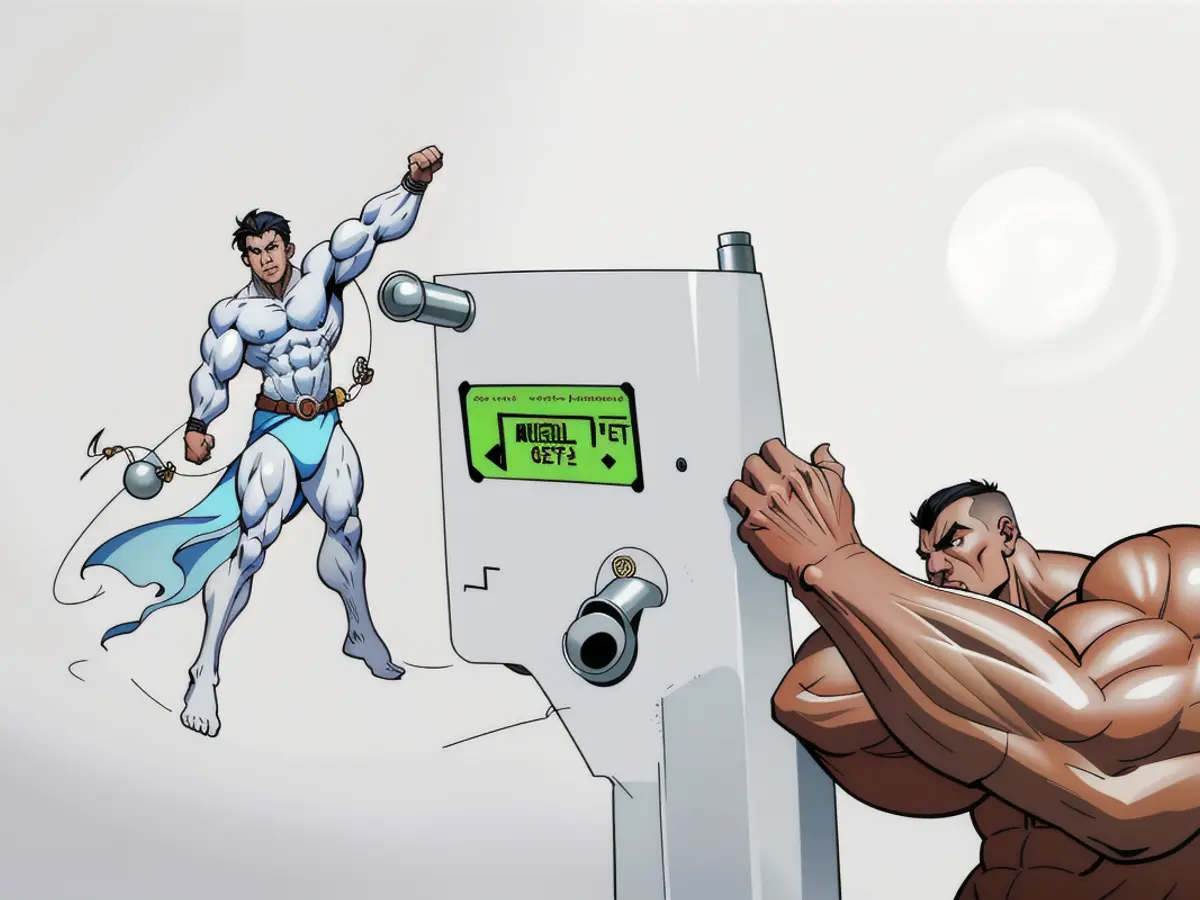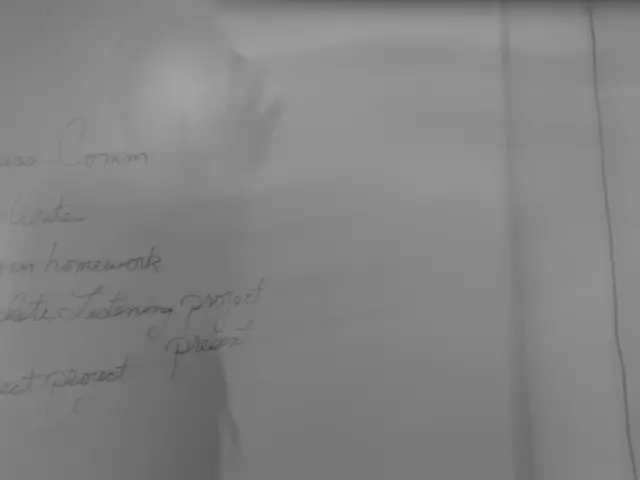What's the optimal temperature to set your thermostat at night during winter seasons?
If you're aiming to have a peaceful sleep during the chilly winter nights without being struck by an enormous energy bill, you're not the only one in this boat. Fortunately, as most individuals sleep best in a chilly environment, nighttime offers an excellent opportunity to cut down on heating expenses when temperatures plummet.
It's common knowledge that a temperature range between 68 to 70 degrees Fahrenheit is ideal for adjusting your thermostat during the day during the winter months. However, what about when it's time to hit the sack?
Should You Increase or Decrease Your Thermostat at Night During Winter?
At first glance, it might appear illogical to reduce your thermostat, but experts insist on leveraging the fact that we tend to sleep best in cooler surroundings and lower the thermostat by a few degrees before hopping into bed during the winter. As for how much you decrease it, that largely depends on your personal preference and the outside temperature on any given evening.
What's the Ideal Temperature?
The National Sleep Foundation advocates setting your thermostat to a range between 60 to 67 degrees Fahrenheit at night for optimal sleep. On the other hand, the U.S. Department of Energy's guidelines align quite well with this range, suggesting an indoor temperature of 65 degrees Fahrenheit at night, regardless of the season.
Why Sleeping in the Cold is Better
Research has proven that we enjoy the best sleep when our rooms are within the range of 60 to 67 degrees Fahrenheit. Should the temperature exceed 75 degrees or drop below 54 degrees, sleep disturbances and daytime fatigue may follow.
As per Dr. Christopher Winter, Medical Director at Charlottesville Neurology & Sleep Medicine, our body temperatures follow a natural pattern of highs and lows during a 24-hour period. We're at our warmest in the late afternoon while being the coldest around 5 a.m.—around five hours before the wake-up call. Sleep generally takes place during the stage when our body temperature hits its lowest, so a colder room can encourage us to drift off more quickly.
How Much Money Do You Save?
According to the Department of Energy, homeowners in milder climates who reduce their thermostat settings by around 10 to 15 degrees for eight hours (either during sleep or when absent from the house) can enjoy savings of 5 to 15 percent on their annual heating expenses.
Thermostats often become a source of conflict among household members. Keep in mind that it might take some time for your family to adapt to a cooler setting, so begin by reducing the home temperature by a single degree each week. Add extra coverings to the bed and wear cozy sweaters and socks throughout the house, eventually reaching a level of comfort with a lower thermostat setting.
How Low Can You Go?
Be cautious, thrifty individuals. The lowest temperature you should set your thermostat during winter is generally around 50-55 degrees Fahrenheit. Going below this threshold may put your pipes at risk of freezing.
It's fine to lower your thermostat beneath 60 degrees while you're away, but participating in a chilly home environment is an entirely different story. Ram Narayanamurthy, deputy director of the U.S. Department of Energy's Building Technologies Office, informed USA Today that dropping below 60 degrees is inadvisable.
In fact, The World Organization (WHO) suggests 64 degrees Fahrenheit as the minimum safe indoor temperature for most grown-ups. WHO also encourages higher minimum temperatures for households with infants, small children, the elderly, and vulnerable individuals.
Considering emergency preparedness, it's essential to have a well-thought-out plan for maintaining your home's temperature during power outages in the winter. Southern Living provides useful tips for this situation, including using insulation, layering clothing, and creating a warm space using portable heat sources.
In the spirit of home maintenance and emergency preparedness, it's wise to inspect your home's insulation during fall to ensure it's in good condition and capable of maintaining desired temperatures during the harshest winter months. Southern Living offers practical guidance on this topic as well.






